What is the Peter Hess® method?
During sound massage according to the Peter Hess® method, bowls (therapeutic, certified by the Peter Hess Institute) are placed on the body of the person being massaged, and then struck with a felt stick. This causes the instrument to vibrate, which is felt throughout the body.
Classic sound massage is performed in a lying position on the stomach and back, but there are variants tailored to the individual needs and capabilities of clients. It usually begins with the reflex zones on the feet, and then the bowls are placed successively in the middle of the back, in the area of the lumbar region, coccyx, chest, arms and hands.
The sounds spread concentrically, leading to deep relaxation of the entire body. The resonance between two bowls struck simultaneously is particularly pleasant. Then, aliquots are created that support achieving a state of deep relaxation and transitioning to the alpha state. At first glance, the method seems very simple, but it should be remembered that for professional and effective use it requires knowledge, experience and mindfulness. It is used in biological regeneration, pedagogy, rehabilitation, therapy and others.
The sound massage method according to Peter Hess® can be combined with other massage techniques or relaxation with the accompaniment of sounds, so-called sound baths.
The Peter Hess® sound massage lasts approximately 45 minutes on average. Clients should wear comfortable clothing that allows for unrestricted movement during the massage.
The main benefit of working with sound is the reduction of stress, which contributes to the development of many diseases. The vibrations of singing bowls allow our brains to move from the beta state - when we remain alert and focused, to the state when alpha waves appear, and even further towards theta waves.
Alpha waves occur in states of deep relaxation, peace and relaxation, they are also associated with creativity, reflection and a sense of inspiration, and the vibrations generated by singing bowls make it easier for us to achieve this state. Thanks to this work, we also more easily enter the state associated with the appearance of theta brain waves - characteristic of meditation. Theta waves also affect the development of imagination, creativity and intuition. These states are a kind of SPA for our bodies. During deep relaxation, repair processes begin in our bodies, the body stores energy, the level of stress-related hormones such as cortisol, adrenaline and noradrenaline decreases, oxygen consumption also decreases, and we, after a dozen or so minutes of relaxation, can feel rested and regenerated as after a few hours of sleep.
FOR WHO?
The offer is addressed to adults interested in personal and spiritual development, achieving a state of inner balance, rest and relaxation, reducing tension and stress.
The method does not cause side effects, is safe and non-invasive, although it should be avoided by women in the first and last weeks of pregnancy, patients with pacemakers and people under the influence of psychotropic substances who are not under the care of a doctor. Supporters of sound massage recommend it for the following ailments and diseases:
- chronic stress,
- tension,
- tiredness,
- depression,,
- schizophrenia,,
- neurosis,
- insomnia,
- bone and muscle pain,
- migraines,
- fractures,
- dislocations,
- scars,
- circulatory problems.
HOW DOES THE SESSION WORK?
- Conversation
- Breathing session
- Introduction to massage.
- Sound massage with Tibetan bowls on the body or/and in the "non-contact" version, when the bowls are placed around the body
- Sound session using gong, Tibetan bowls and Koshi bells
- End of session.
BENEFITS OF PARTICIPATION IN THE SESSION:
- stress reduction
- reducing emotions accumulated in everyday life,
- revitalization and strengthening of the body's self-healing abilities,
a state of peace, relaxation and harmony, - release of blocked energy,
- supporting the treatment of migraine headaches, insomnia and hyperactivity.
Session duration: about 60 min
CONTRAINDICATIONS:
Psychotic states, psychotropic drugs, epilepsy, pacemaker, hearing aid or other devices in the body, acute inflammation, pregnancy, menstruation, hemorrhage, thrombosis, hypotension, being under the influence of narcotic substances, including alcohol.
